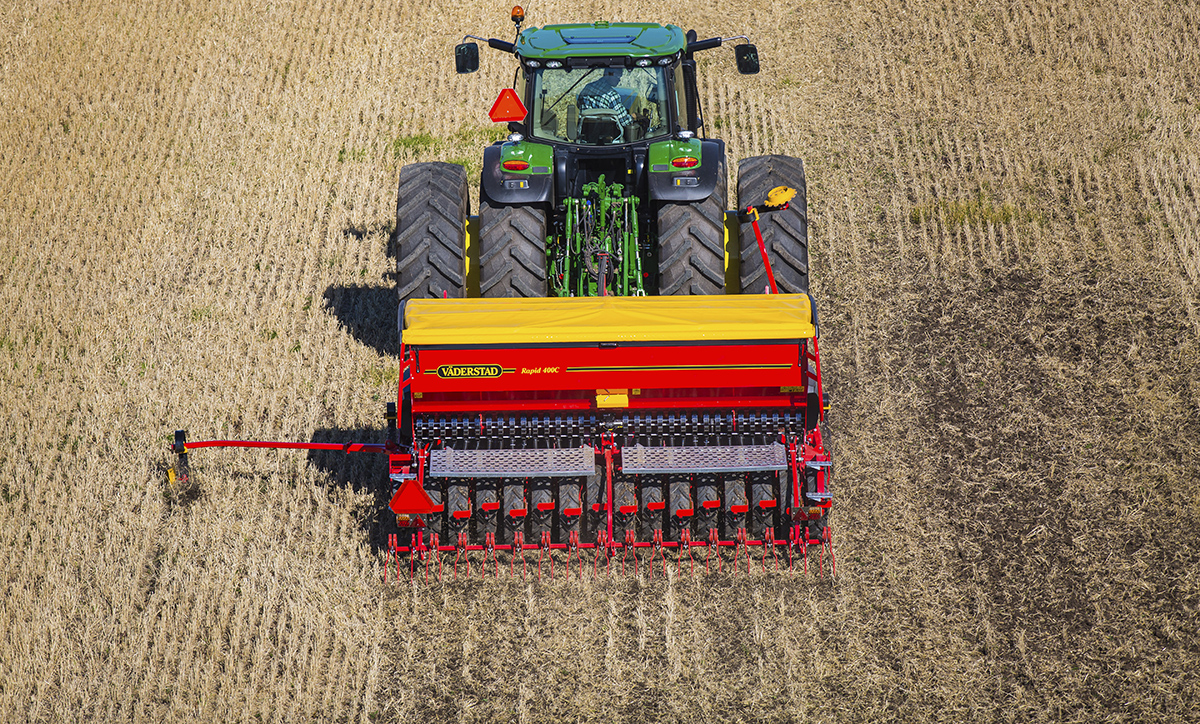The aim of a direct seed drill is to place the seed directly in the residues of the previous crop with minimal soil disruption (only 5-20% of the soil surface is cultivated). This can have a number of advantages with varying degrees of significance depending on the conditions.
In large parts of the world, water availability is the direct limiting factor for yield. Direct drilling saves germination moisture by leaving the soil undisturbed and allowing harvest residues to remain on the surface as good protection against evaporation. Economic considerations also play a part, as in many of the areas where limited water restricts yields to low levels soil tillage is not financially viable.
Leaving the majority of the soil surface undisturbed under a straw cover provides good protection against water and wind erosion. Losses of soil and plant nutrients via erosion have negative economic and environmental effects.
Omitting other tillage operations naturally decreases the time requirement and the costs per hectare. The decreased time requirement is an important consideration on large farms and also in e.g. autumn sowing of rapeseed in northerly growing regions, where the period between harvest and tillage is very limited.
Omitting soil cultivation in a cropping system gives rise to certain problems:
- Crop residues on the soil surface can spread straw-borne diseases
- Uneven distribution of harvest residues cannot be corrected
- Volunteer seeds have to be controlled with chemicals
- Pests such as slugs and wheat blossom midge can multiply
- Wheel tracks and soil compaction cannot be mechanically repaired
The most important tool in dealing with the problems that occur within direct drilling systems is a good crop rotation. However, for some problems such as slugs and volunteer plants chemical control is necessary.
Fixed tramlines (CT - Controlled Traffic) mean that wheel tracks and compaction damage can be controlled and are becoming increasingly common in direct drilling systems.
Read more





